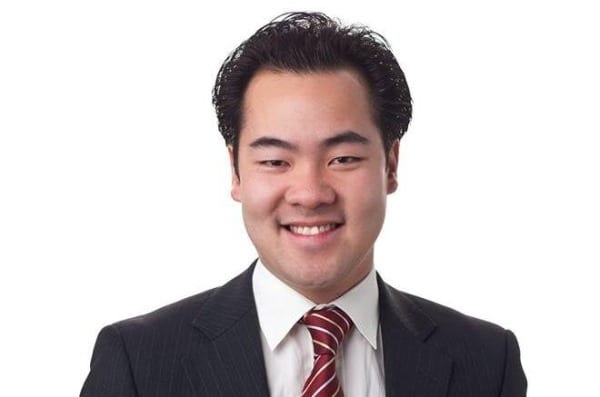On September 10 of this year, my Wife Linda and I welcomed our baby daughter Hopelyn to the world. Like all parents, we want to provide our daughter with the very best of opportunities so she can reach her potential and aspirations without hesitation and barriers.
As parents of Chinese-Australian backgrounds, it is our intention to expose Hopelyn to both Chinese and Australian cultural values, which includes passing down our knowledge of both cultures and bringing her up to be proud of her dual identity. Speaking from personal experience, I believe having dual or multiple cultural identities is a competitive edge in a personal and professional capacity. Unfortunately our businesses, corporations and institutions do not see it this way.
Around the same date of our daughter’s birth, a new research report published by the Diversity Council of Australia (DCA) found that women from culturally diverse backgrounds are notably under-represented in leadership positions. The report highlighted that 88% of women from culturally diverse backgrounds surveyed planned to advance to a very senior role but only 10% strongly agreed that their leadership traits were recognised or that their opinions were valued and respected. Dubbed as the ‘glass-cultural ceiling’, women from culturally diverse backgrounds face invisible organisational barriers that prevents them from having seats at the leadership table to set the agenda.
Being an individual from a culturally diverse background with a difficult to pronounce name, I have experienced cultural ceilings and barriers throughout my professional career. From being constantly asked where I am from to assuming whether I can speak English, I was not taken seriously until I took matters into my own hands by rocking the boat. I felt I was being ignored, under-valued, under-utilised with my skills, knowledge and experience unrecognised. I experienced such a lack of recognition and respect during a local government election where members and a fellow candidate from my own political party suggested I change my name to a Western name just to make me more electable and trustworthy.
My thoughts at the time – ‘are you kidding me? We live in a multicultural society!’
My organisation Poliversity conducted an open policy dialogue in November last year with Australian professionals from culturally diverse backgrounds on the topic of appreciating culturally diverse people in the Australian workplace. When asked about the barriers of recognising people from culturally diverse backgrounds in the workplace, participants cited leadership, racism, discrimination and the lack of cultural sensitively served as major blockades. Executives and CEOs often view people from culturally diverse backgrounds as timid, shy, passive and submissive with introverted personalities that rarely say a word in staff meetings and social gatherings. Even so, this does not mean they won’t become effective and inspirational leaders.
The glass-cultural ceiling is real and it takes real leadership from the very top to crack it. While the DCA has outlined a series of actions to unlock talent, cracking the ceiling doesn’t have to get complicated. For example, we can start by having more culturally diverse women on conference panels and media programs.
I recall seeing a 2014 national conference and symposium on the topic of women in leadership where there were no culturally diverse women represented on the program. Upon taking notice of this travesty act of inequality, I expressed my disappointment like any other millennial – through Twitter and emails. Although the conference organisers never responded to me directly, the conference program they produced for the next year had one to two culturally diverse women panellists. I said to myself at the time: how are we supposed to crack this ceiling when thought leaders in the gender diversity space won’t even land the first hit?
Throughout my career I have been privileged to come across and work with many talented, culturally diverse women. I would be proud to follow them into battle every day of the week because they are ambitious, capable and resilient. As a parent, I want to live in a country and society where my daughter Hopelyn can be inspired and motivated by women leaders of similar backgrounds and one day become one herself.
For the future of Hopelyn and the next generation of culturally diverse women in Australia, we need to take a hammer to crack the glass-cultural ceiling.

